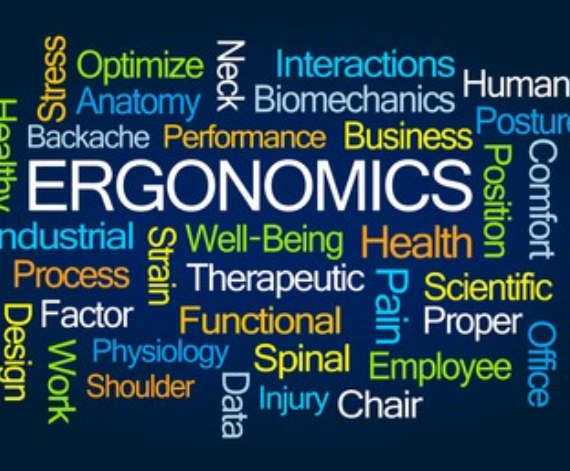Ergonomics Safety Audit: Comprehensive Assessment of Workplace

Utilized to Determine a Site’s Electrical Safety Behavior
March 22, 2024
Personal Protective System Audit in an Organization
March 27, 20241. Introduction
Welcome to the world of workplace safety! In this article, we’ll dive into the critical realm of ergonomics safety audits. Whether you’re an employer aiming to ensure the well-being of your employees or an individual curious about optimizing your workspace, understanding ergonomics is paramount.
2. Importance of Ergonomics
Ergonomics isn’t merely about comfort; it’s about enhancing health and productivity. By aligning tasks with human capabilities and limitations, ergonomic setups reduce the risk of injuries and improve efficiency. Moreover, adherence to ergonomic principles is often a legal requirement, ensuring compliance with workplace safety regulations.
3. Elements of Ergonomics Safety Audit
When conducting a comprehensive ergonomics safety audit, several key elements come into play. This includes evaluating workstation design to ensure it supports proper posture and movement. Additionally, employee training is crucial to raise awareness of ergonomic best practices and risk factors.
4. Conducting an Ergonomics Safety Audit
Begin by conducting an initial assessment of the workplace environment, identifying potential ergonomic hazards. Collect data through observations, surveys, and interviews with employees to gain insights into their ergonomic concerns and experiences.
5. Common Ergonomics Issues
Musculoskeletal disorders (MSDs) and eye strain are among the most prevalent ergonomic issues faced in modern workplaces. Prolonged sitting, repetitive tasks, and poor lighting contribute to these problems, impacting employee well-being and productivity.
6. Solutions for Ergonomics Issues
Addressing ergonomic issues involves implementing practical solutions. Investing in adjustable furniture allows employees to customize their workstations according to their needs. Encouraging regular breaks and stretching exercises can also alleviate strain and reduce the risk of injuries.
7. Implementing Changes
Effective communication is key when implementing ergonomic changes. Engage with employees to explain the rationale behind the modifications and provide training on proper workstation setup and ergonomic practices.
8. Monitoring and Review
Ergonomics safety is an ongoing process that requires regular monitoring and evaluation. Continuously assess the effectiveness of implemented measures and make adjustments as necessary to ensure sustained improvements in workplace ergonomics.
9. Case Studies
Explore real-life examples of organizations that have successfully implemented ergonomic initiatives. These case studies highlight the positive impact of prioritizing employee well-being and ergonomics in the workplace.
10. Cost-Benefit Analysis
While investing in ergonomics may incur initial costs, the long-term benefits far outweigh them. Reduced absenteeism, increased productivity, and decreased healthcare expenses contribute to significant cost savings for organizations.
11. Ergonomics Safety Audit Checklist
Provide a comprehensive checklist for conducting ergonomics safety audits. This checklist covers various aspects, including workstation setup, lighting, and employee training, serving as a valuable resource for organizations striving to improve workplace ergonomics.
12. Common FAQs
Address frequently asked questions related to ergonomics safety audits, covering topics such as the importance of ergonomics, common ergonomic issues, and practical solutions for addressing them.
13. Conclusion
In conclusion, prioritizing ergonomics safety through comprehensive audits and proactive measures is essential for fostering a safe and productive work environment. By addressing ergonomic issues and implementing practical solutions, organizations can enhance employee well-being, productivity, and overall success.



